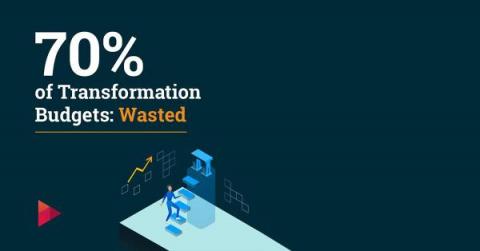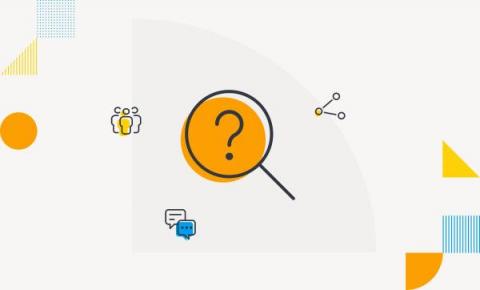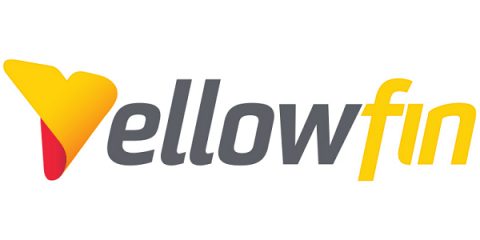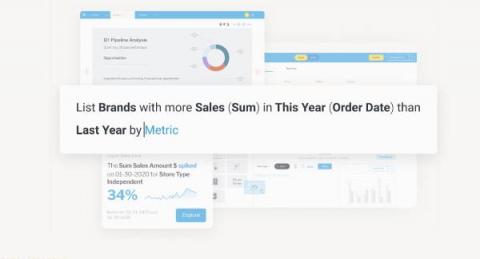The 7 Ts of product-Led Transformation
Transformation is a word that isn’t commonly favored by the product community. Why? Because transformation programs rarely allow product teams to autonomously decide how they will achieve their mission. Transformation programs also incur significant costs. According to CIO Magazine, global spending on digital transformation technologies and services was US$1.3 trillion in 2020, of which 70% of that spend is wasted. That is approximately $900 billion.











